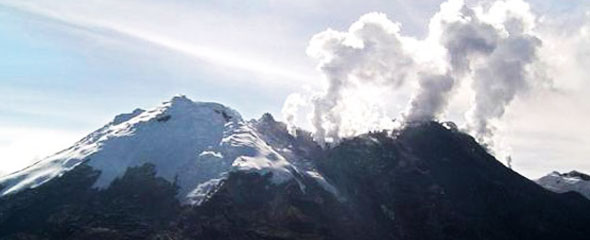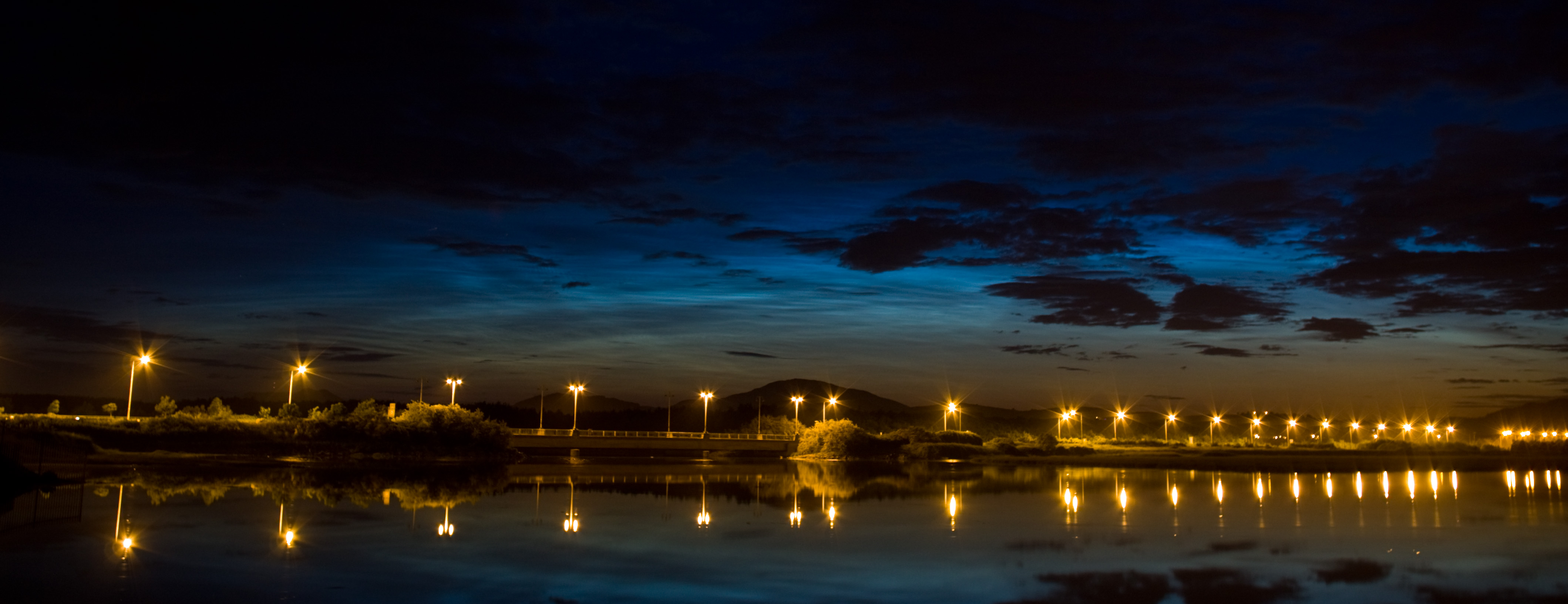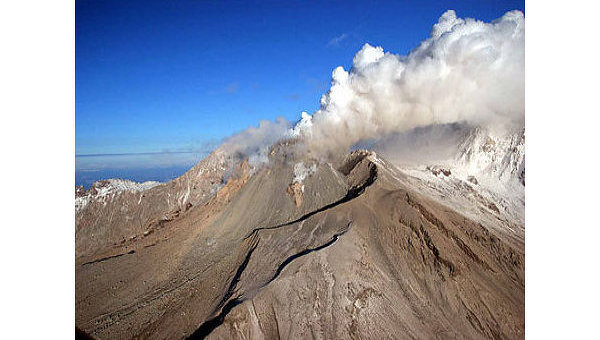
© Colombia ReportsNevado del Huila volcano.
The government on Tuesday raised the
alert code to orange for the Nevado del Huila volcano in south-west Colombia, after an increased level of volcanic activity was detected.
The Interior Ministry changed the warning code from yellow to orange, after a report issued by the National Observatory of Vulcanology and Seismology and the Colombian Institute of Geology and Mining (Inegominas), warned of a probable eruption within days or weeks.
"According to Inegominas, since Sunday June 13, an evident change has been observed in the volcano's seismic activity, and it is necessary to keep contingency plans activated, in order to avoid emergencies," Minister Fabio Valencia Cossio stated in a press release.
Nevado del Huila has been subdued in recent months, following a
period of increased activity in late 2009.
The volcano's summit, at 5,364m above sea level, is the highest in Colombia's Andean Central Cordillera, and the crater is capped by ice.

